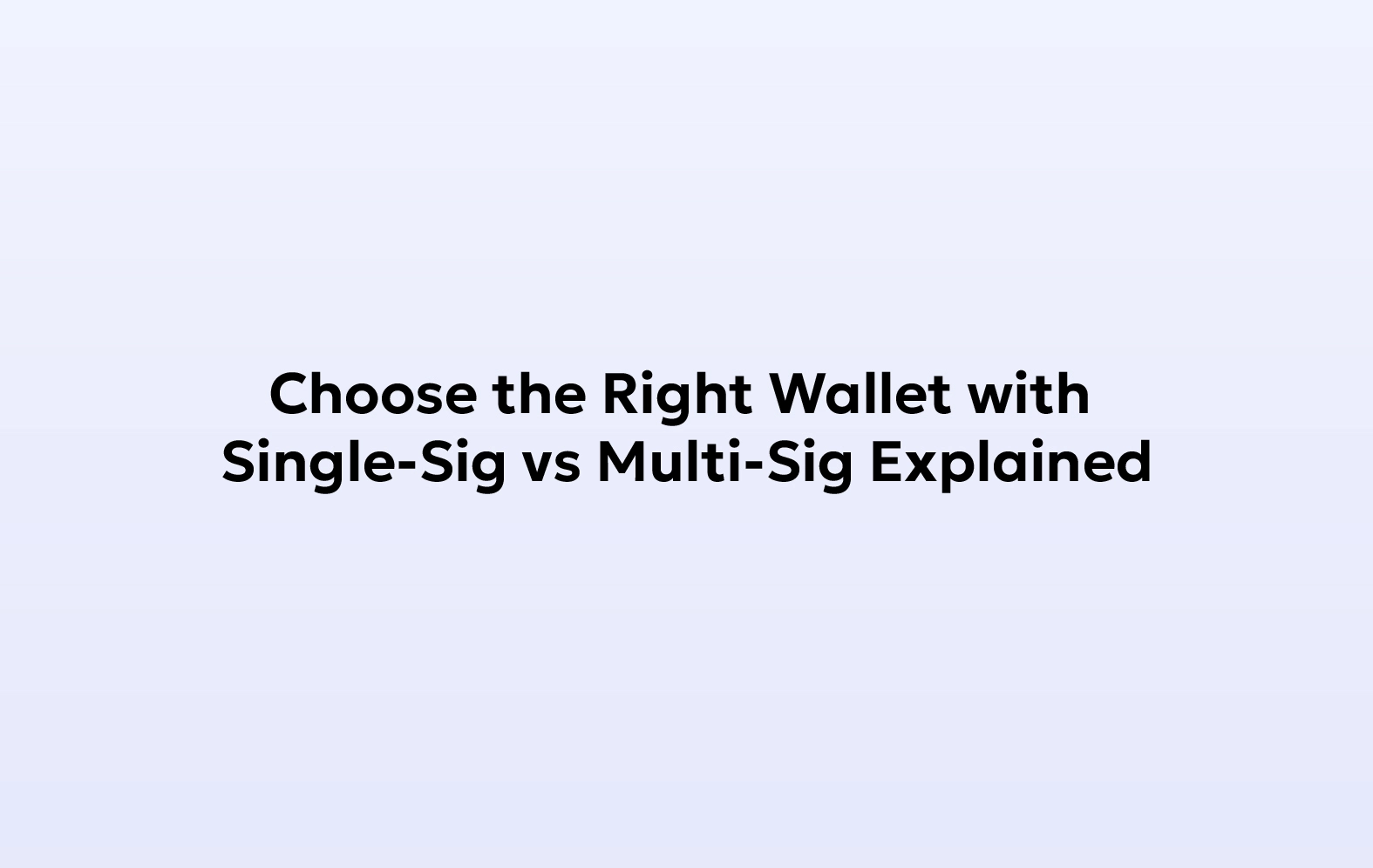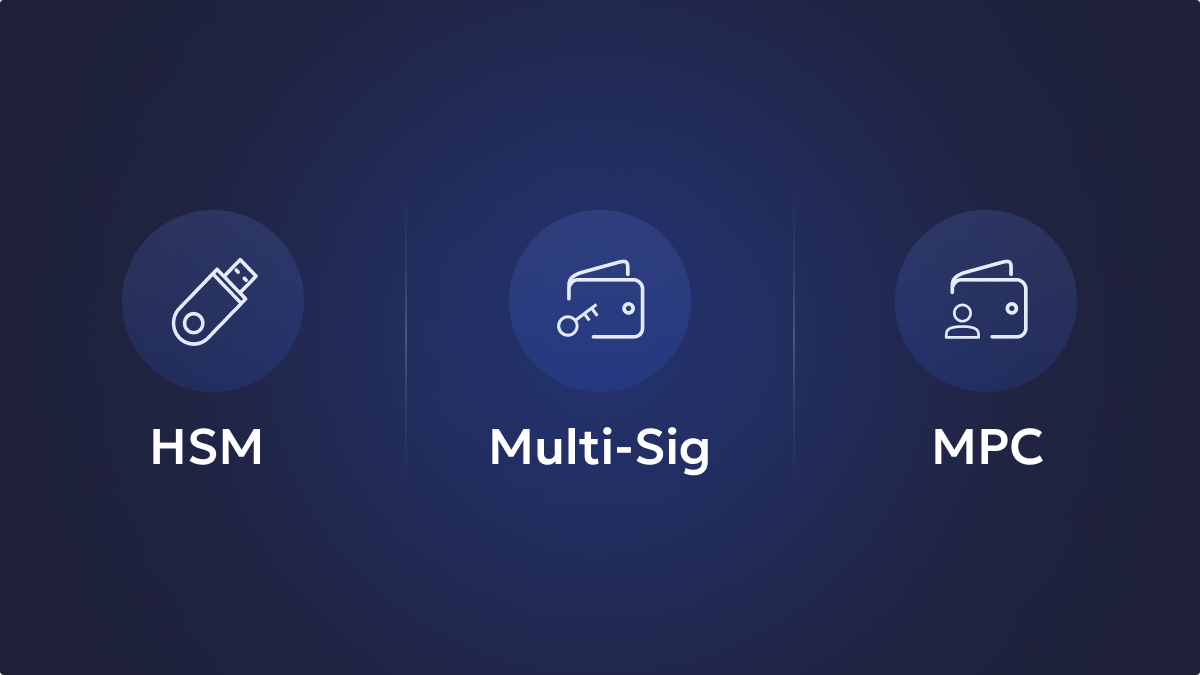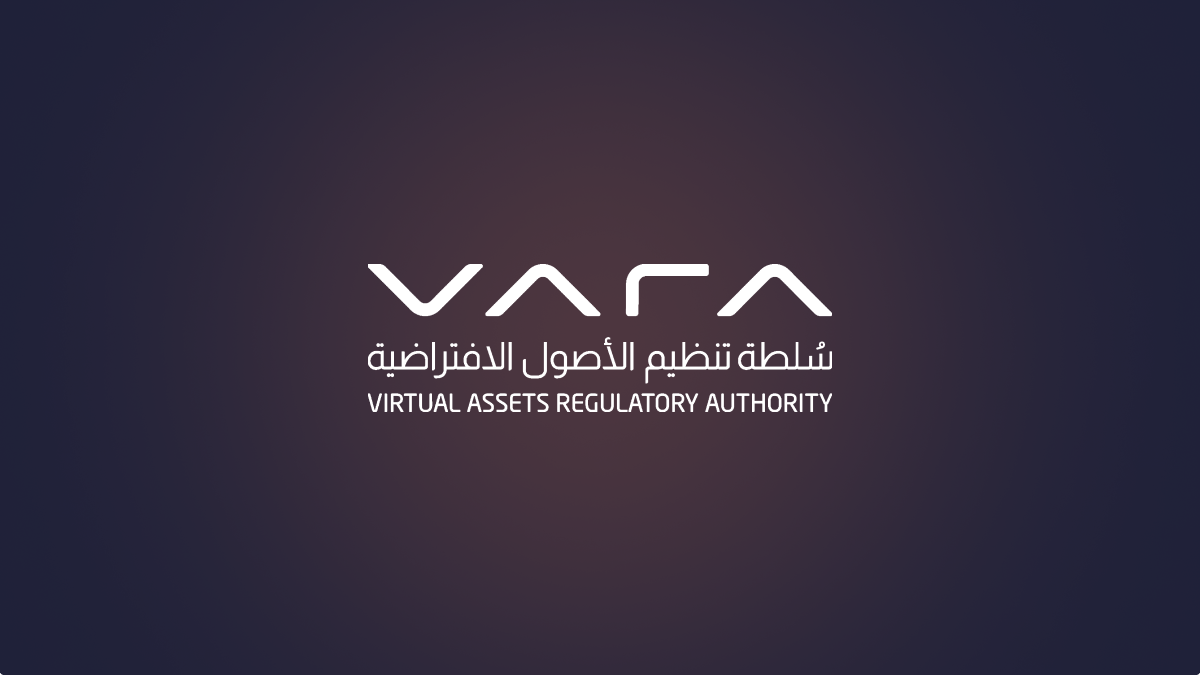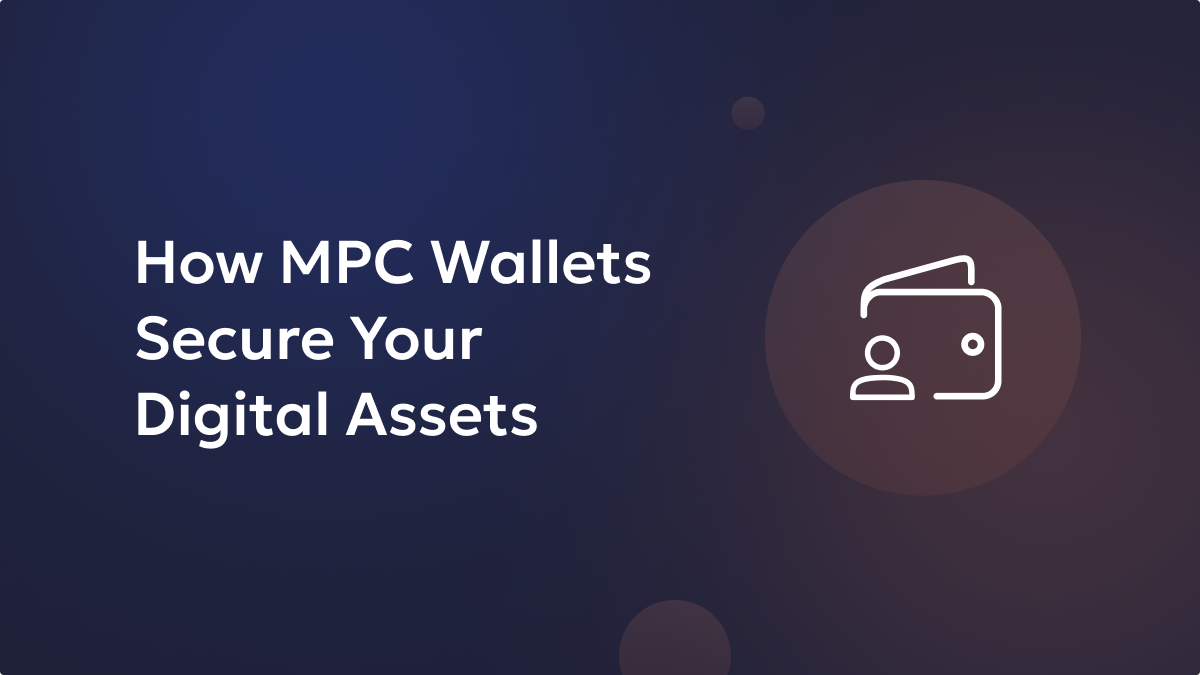In the world of digital currency, prioritizing security is paramount due to its vulnerability to attacks. The current structure of the internet relies on numerous trust models and has, to a large extent, obscured privacy and security measures. As users of the internet, we often take our security for granted, assuming that someone else is managing it on our behalf. Consequently, when faced with the need to address security concerns ourselves, it can feel unfamiliar.
One might question the necessity for multiple steps in Bitcoin or Ethereum transactions, the emphasis on precautionary measures, and the significance of managing cryptographic keys. In the realm of Bitcoin and other cryptocurrencies, security is an individual responsibility, demanding a serious and proactive approach. It is essential to maintain a cryptocurrency security checklist and regularly assess security measures to close any potential vulnerabilities.
For many users, security considerations primarily center around the choice of crypto-wallets used for storing digital assets. Crypto wallets serve as significant targets for potential threats to funds, and any lapse in security can result in the loss of assets. When establishing a crypto-wallet, the choice typically lies between a single-signature wallet and a multi-signature wallet. Each implementation comes with its set of advantages and disadvantages, and the selection may depend on the specific requirements of different situations.
Unlock the potential of digital assets for your institution
Definition of Wallets
A cryptocurrency wallet serves as an application designed to function as a digital counterpart to a physical wallet, where one typically stores cash and cards. In the context of cryptocurrency, this wallet holds the passkeys essential for signing your cryptocurrency transactions. It acts as an interface, facilitating access to your crypto assets.
These contemporary cryptocurrency wallets play a crucial role in making blockchain technology accessible to a broader audience. In the initial stages of cryptocurrency, the process of sending digital currency involved manually entering lengthy cryptographic keys. However, modern software has automated much of this process.
The genesis of cryptocurrency wallets traces back to Bitcoin’s developer, Satoshi Nakamoto, who created the first wallet. The second wallet belonged to Hal Finney, an individual who communicated with Nakamoto and is reported to have been the first to run the Bitcoin client software wallet. Nakamoto initiated the cryptocurrency movement by sending Finney 10 bitcoins as a test transaction. This marked the beginning of the widespread interest in cryptocurrencies.
Secure and manage your digital assets with Liminal
Importance of Security in Cryptocurrency Transactions
In the event of a security flaw in centralized networks, attackers can gain access to a user’s account. However, the prospect of hacking into a decentralized crypto network is exceedingly challenging. This difficulty arises from the fact that attackers cannot steal a user’s cryptocurrency without obtaining access to their private key.
The primary reasons to ensure strong security of cryptocurrency are outlined below:
1. Balance Discrepancy:
Cryptocurrency networks consist of numerous nodes, each having a copy of the database. If an attacker manages to alter the balance on one node, it will differ from the balances stored on other nodes. This discrepancy creates an anomaly, resulting in the rejection of the compromised node’s displayed balance.
2. Signature Verification:
Every transaction in cryptocurrency requires valid signatures. Approval of a transaction by one node necessitates the presence of the signature for other nodes to validate it as legitimate. If a signature is absent, other nodes will reject the transaction.
3. Protection Against Double-Spend Attacks:
Cryptocurrency security safeguards against double-spend attacks, where compromising a node requires displaying a transaction history longer than that of all other nodes. This protection is reinforced by making such attacks financially prohibitive, with investments often surpassing potential returns.
How do Single Signature Wallets Work?
Single-signature wallets represent the most straightforward and widely utilized category of cryptocurrency wallets. In this context, “single signature” denotes a single private key linked to a user’s address, granting them absolute control over their funds. When initiating a transaction, the private key acts as both proof of ownership and authorisation to sign the transaction.
As the most basic form of cryptocurrency wallets, single-signature wallets are easily accessible to individual users with relatively modest volumes of digital assets for transactions. Their setup facilitates swift decision-making, remains uncomplicated, and offers an appealing ownership feature without reliance on external entities.
However, the vulnerability of single-signature wallets is notable due to their dependence on a lone private key, creating a singular point of failure. If the private key is compromised, the user’s wallet becomes susceptible to unauthorized access. Additionally, in the event of key loss or accidental deletion, all digital assets stored in a single-signature wallet may become permanently inaccessible.
What is a Multi-Signature (MultiSig) Wallet?
A multi-signature wallet, in the web3 ecosystem, necessitates multiple signatures—rather than just one—to execute each transaction. These signatures correspond to distinct cryptographic private keys, and a specified threshold of keys must sign a transaction to validate it.
The workflow of a multisig wallet remains consistent regardless of the number of signers. Any party involved in a multisig wallet can initiate a transaction signed with their private key. However, the transaction remains pending until other parties sign it.
Multisig wallets can adopt an N-of-N setup, where all signatories must validate a transaction. For instance, a 2-of-2 method requires both parties to validate a transaction for it to be considered valid.
Alternatively, an N-of-M setting demands a specific subset of signers to approve a transaction. Taking a 3-of-4 wallet as an example, three out of four signers must validate the transaction for it to be executed.
In either case, it’s crucial to distribute multisig private key access among distinct entities. A multisig setup where a single entity holds multiple private keys and stores them in a single location is essentially equivalent to a single-key wallet. The preferred approach is to grant access to entities in a manner that a single security breach does not result in the loss of two or more keys.
Many blockchains incorporate functionality that enables users to implement multi-signature wallets. Cryptocurrency exchanges and custodians also deploy multisig wallets, storing associated private keys in diverse locations to enhance the security of client assets.
Benefits of Single signature
User-Friendly – Access is easily obtained by setting up a single account (username and password), providing entry to multiple functionalities.
Efficiency – Only one signature is needed, saving time and offering convenience to users. This eliminates the necessity to create and remember multiple usernames and passwords.
Streamlined Access – Seamlessly transition from one service or functionality to another without the need for re-authentication.
Benefits of Multi-Signature
There are several notable advantages to employing a multi-sig wallet:
1. Increased Security:
Multi-sig wallets offer a heightened level of security compared to single-signature alternatives. Obtaining all the required keys for authorizing withdrawals from a multi-sig wallet is considerably more challenging for hackers. By reducing reliance on a single person, these wallets also mitigate the risk associated with depending on a single device. For instance, if the sole private key is on a malfunctioning device, access may be lost. However, with multi-sig keys distributed across several devices, the risk of losing a private key is generally minimized.
2. Escrow Transactions:
In traditional terms, escrow involves a legal arrangement where a third party holds funds until specific conditions are met. A 2-of-3 multi-sig wallet enables third-party involvement in escrow transactions between two parties (A and B). In this setup, the transaction includes a mutually-trusted third party (C) in case of disputes. If a dispute arises, only A or B can authorize the transaction, allowing C to make the final decision.
3. Two-Factor Authentication (2FA):
Multi-sig can serve as a form of two-factor authentication (2FA) since users can possess private keys on different devices. However, there are associated risks when using multi-sig technology as 2FA, as a device holding one private key can be lost, stolen, or damaged. For instance, in a 2-of-2 wallet signature scenario, losing a key on one device would render it impossible to recover funds.
Conclusions
Multi-signature (multi-sig) wallets and single signature wallets cater to businesses, organizations, and groups seeking shared access to on-chain digital assets.
While both wallet types have their respective advantages and disadvantages, in scenarios requiring shared control, multi-sig wallets generally offer superior benefits compared to single-sig wallets.
It’s worth noting that multisig wallets entail a slightly more complex initial implementation than single-sig wallets. However, this complexity is a one-time task, and the ongoing management of the wallet becomes more straightforward.
For businesses prioritizing easier implementation, multi-sig wallets could be a viable option.
This guide is intended to supplement your research and should not serve as the final decision-maker. It is always advisable to conduct thorough research independently before making any financial decisions.
FAQ
What is a single signature wallet?
Single-signature wallets feature a straightforward key management system, where a sole private key is responsible for executing transactions on the blockchain through signing. Complete control over the stored cryptocurrencies is granted to any entity with access to this single private key.
What is a multi-signature wallet?
A multi-signature wallet is a cryptocurrency wallet that mandates multiple signatures, rather than just one, for the execution of each transaction. Different cryptographic private keys are linked to these signatures, and a specified threshold of keys must participate in signing a transaction to validate it.
Why choose a single signature wallet?
Single-signature wallets are user-friendly and straightforward, making them a preferred option for individuals new to cryptocurrencies. Nevertheless, they come with certain security risks, as the loss or theft of a single private key can lead to the complete loss of all funds stored in the wallet.
Why choose a multi-signature wallet?
Multi-signature cryptocurrency wallets offer enhanced security for crypto assets, albeit with additional technical prerequisites for configuration. These wallets are specifically engineered to reduce the risk of digital asset theft, ensuring that access requires more than just a password or a single wallet key.
How does a single signature wallet work?
When you sign a transaction digitally, you are essentially affirming, “I am the rightful owner of the funds, possessing the key for their management, and I authorize this transaction.” Single signature, also referred to as “basic,” cryptocurrency wallets require just one signature to validate a transaction.
How does a multi-signature wallet work?
A multi-signature wallet in the world of cryptocurrencies demands the involvement of multiple signatures, rather than a singular one, for the execution of each transaction. These signatures correspond to distinct cryptographic private keys, and a predetermined threshold of keys must collectively sign a transaction to validate it.
Which is more secure, single signature or multi-signature wallets?
Multisig transactions offer heightened security compared to single-signature transactions. In a multisig transaction, a minimum of two signatures is necessary to authorize the transaction. This concept proves beneficial when ownership involves multiple parties, and the consensus of all parties is required to execute the transaction.
Are multi-signature wallets more complex to set up and use?
Setting up and using these cryptocurrency wallets demands a higher level of technical expertise compared to traditional crypto wallets, which only require a single signature. Despite the increased technical complexity, the enhanced security benefits make these additional requirements worthwhile, particularly for individuals with more intricate security needs.
Can a wallet be converted from single signature to multi-signature, or vice versa?
No, rather you can transfer funds from single signature to multi-signature wallet. To set up a multisig wallet the first step is to determine the number of signatures needed for transaction authorization. The second step is selecting the location for each wallet. The third step is establishing your wallet. Next step is safeguarding your recovery phrases. Finally, familiarize yourself with using the wallet.
Are there any specific use cases where multi-signature wallets are recommended?
These wallets are implemented to mitigate the risk of crypto theft that can arise when a single individual’s password or wallet key is sufficient to access the funds. Multi-sig wallets are typically most appropriate for businesses or collectively owned crypto assets, and they might not be necessary for most individual users.
Can multi-signature wallets prevent unauthorized transactions or hacking attempts better than single signature wallets?
On the contrary, multisig wallets necessitate a minimum of two private keys to sign a transaction, rendering them more secure than their single-signature counterparts.






